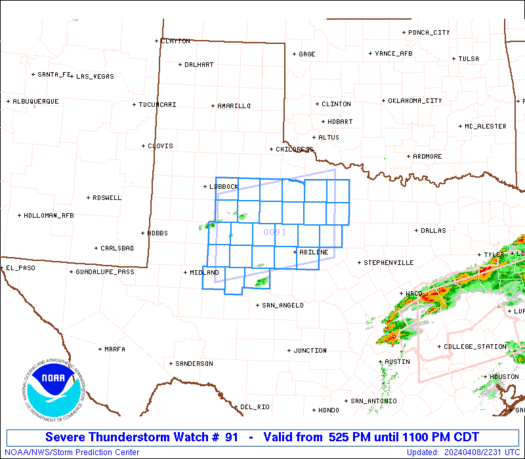In this map from the HPC, it can be determined yet another severe weather event will occur over the Midwest, all too similar to last night's outbreak.
However, there will be differences.
The low pressure system will be significantly weaker.
That said, the chances of significant severe storms dims.
However, with a classic warm front then succeeding cold front, it can be expected at least a weak squall line will occur.
Looking over GFS CAPE forecasts, instability will be most intense in Central IL westward into Missouri.
We will keep an eye on this and watch it as this develops.
However, there will be differences.
The low pressure system will be significantly weaker.
That said, the chances of significant severe storms dims.
However, with a classic warm front then succeeding cold front, it can be expected at least a weak squall line will occur.
Looking over GFS CAPE forecasts, instability will be most intense in Central IL westward into Missouri.
We will keep an eye on this and watch it as this develops.







